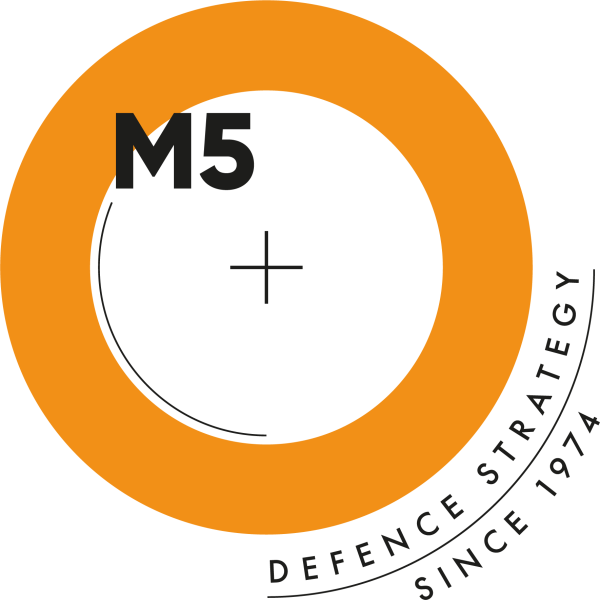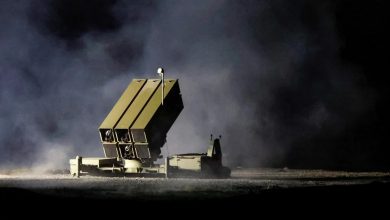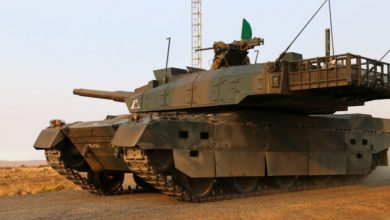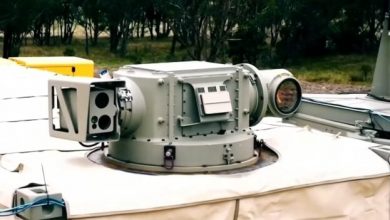U.S. Navy buys three more SSC hovercraft
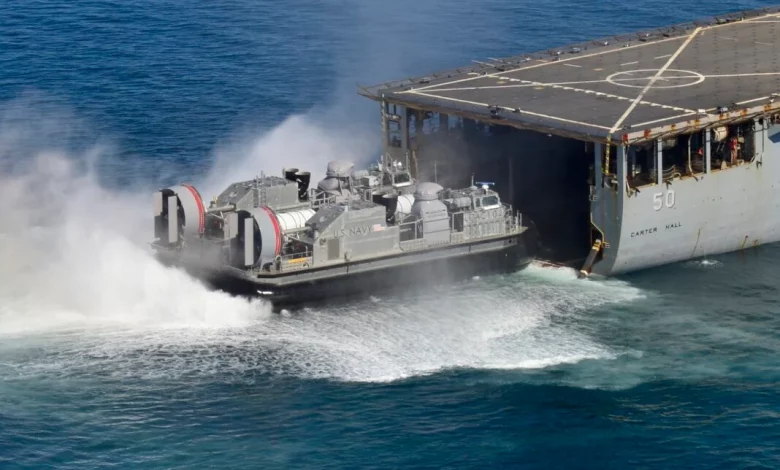
Textron Systems has secured a $353.9 million contract modification to build three additional Ship to Shore Connector (SSC) air cushion landing craft for the U.S. Navy, the Department of Defense announced Thursday.
The contract modification was awarded under a previously signed agreement (N00024-23-C-2452) and funds the construction of SSC 100-class craft designed to replace the Navy’s aging fleet of Landing Craft, Air Cushion (LCAC) vehicles.
According to the Pentagon, work will primarily take place in New Orleans, Louisiana, where 66 percent of the effort will be performed. Other locations include Pasadena, California (11 percent), Cincinnati, Ohio (7 percent), and Gloucester, United Kingdom (4 percent), with smaller portions distributed across additional U.S. sites.
Fiscal 2025 shipbuilding and conversion (Navy) funds totaling $353,961,249 were obligated at the time of award and will not expire at the end of the current fiscal year, Naval Sea Systems Command said in a release.
Textron describes the SSC as “the next generation of the Landing Craft, Air Cushion,” capable of delivering Marines, equipment, and vehicles directly from ship to shore in challenging environments. Built with an all-aluminum hull, the SSC offers enhanced performance, reliability, and maintainability, meeting U.S. Marine Corps requirements for increased payload and operational availability.
Each craft is designed to carry up to 74 tons at a sustained speed of 35 knots in Sea State 3 conditions. The SSC’s expansive deck measures 67 feet by 24 feet, providing over 1,600 square feet of cargo area. Powered by four gas turbine engines, the air-cushioned platform is crewed by four personnel: a pilot, co-pilot, loadmaster, and deck engineer.
Textron states the SSC is expected to support U.S. naval operations for at least 30 years, ensuring the Navy retains a modernized capability to project power from sea to shore worldwide.
The SSC program is a key component of the Navy’s amphibious warfare modernization strategy, replacing the legacy LCAC fleet with craft designed to operate in austere environments and deliver heavier payloads directly onto unprepared beaches.
Naval Sea Systems Command, based in Washington, D.C., serves as the contracting activity.
